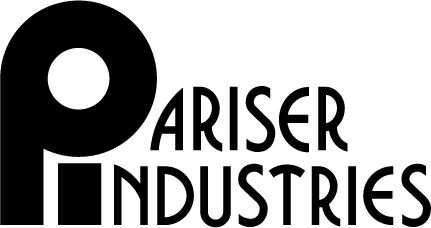With the retail dry cleaning business in a state of lackluster growth, many cleaners are looking to business-related opportunities to offset this course. Dry cleaners who once thought of fire restoration as a side effort are now discovering this to be a profitable and rewarding opportunity.
Networking:
One significant component of fire restoration is networking with the right people. Insurance industry people understand that restoring a home full of garments will cost thousands less than the cost of garment replacement. Check with insurance agencies in your area to learn which ones cover property damage and how their claim program works. Some insurance agencies have discretion over who will contract the restoration work, while others will have this dictated by the insurance company. In some cases, a restoration contractor will sub-contract the work to a pre-selected group of dry cleaners.
Secure a relationship:
First, find the decision maker and start a relationship. Invite them to your plant to discuss how you can effectively handle their restoration job. Then give them confidence that you are fully capable of processing the work – that is half the battle in landing a contract.
Pick-up and delivery:
You will need to have a pickup and delivery system in place. Typically the dry cleaner will pick up the damaged items from the home or business where the damage occurred. You will be picking up garments, shoes, stuffed dolls, drapes, comforters, and almost everything that can fit in a washing machine. These items should be bagged before removal.
Ozone room:
You will need a small, airtight room for an ozone-generating system. Ozone removes fire- and smoke-related odors from fabric and eliminates organic life such as mold or mildew. Items are hung in the ozone room for 24 hours. This room must be off limits until it has been ventilated with fresh air after ozone processing.
Wet- and dry-side processing:
Fabric fire restoration starts with soot and water damage removal before deodorizing. The amount of heat and water damage, as well as the length of time left untreated, impacts the essential use of precise chemistry and programming.
On the dry-side, a pre-wash step with a POG remover will help remove the soot from fabrics. This pre-wash, or first bath, should always be sent to the still. Once cleaned, the deodorizing process can begin.
In the past, all garments labeled “dry clean only” would go through the ozone process to remove the smoke odor. Today, advanced dry-side deodorizing chemistry used in the second bath of the dry-cleaning process will reduce the need to place fabrics in the ozone room. This can reduce your ozone requirements by up to 90% when used appropriately.
Most of your restoration work will be wet-cleaned, which requires the correct classification for the right results. This will be the bulk of your workload. Ensure that proper washing and drying capacities are in place: a minimum of one and a half times drying capacity per washing capacity is essential for reasonable productivity (for a 100-pound washer, you will need at least 150 pounds of drying capacity).
A good percentage of your orders will be puff backs (damage caused by smoke “puffing back” from the home furnace). These orders are easy to clean and process. Though the odor may be slight, insurance companies and claimants will insist on having all items in the house handled. These types of claims are the most profitable for the dry cleaner. A sorting area which is isolated from the rest of the plant is necessary to prevent smoke odor contamination of other customers’ items.
Workflow:
Workflow procedures are necessary to ensure that each order is processed and completed separately from your retail work. You may be asked to rush through some garments immediately. Proper pin tagging is crucial as the garments will be going in several different directions during processing. As mentioned earlier, there should be a separate preparation room or area.
Unsalvageable pieces:
Not every article can be salvaged. In these extreme cases, be upfront. If you are not satisfied with the results on some items, return them at no charge. The claimant will appreciate your efforts and the insurance company will reward your honesty with additional contracts.
The waiting game:
You have networked, secured the contract, and processed the order. Everything is ready. Or is it? Many times, people are removed from their fire-damaged homes and are living temporarily with family or friends. They do not have any place to put the restored garments. You will need a storage area for completed orders that are waiting to be delivered. Unless you have a lot of empty space in your plant, it might be a good idea to create or secure a storage room.
As a contractor to an insurance company, be prepared to wait for payment due – sometimes for several months. This is the nature of business and pricing/profitability needs to allow for the delay on accounts receivable.
There are many challenges to doing fire restoration work, but the rewards are great. Due to extra handling and processing, you can expect to realize a 40–75% upcharge for restoration work. With the right planning, fire restoration can be a profitable and worthwhile part of your business.
Main office: 800-370-SOAP (7627)
Email: info@pariser.net
Read more about our product line here: http://pariser.net/fire-restoration-chemicals.
